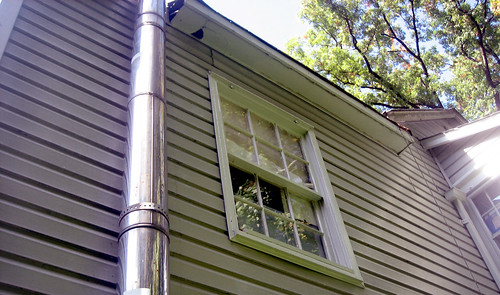Racoons, although often cute and immensely intelligent, can also become nuisances and cause significant damage to your home, lawn or garden. These nocturnal marauders are known to raid trash bins, destroy vegetable gardens, tear apart lawns in search of grubs and worms, and even cause structural damage to buildings by digging their way into attics or crawl spaces. If you’ve found yourself victim to one of these masked bandits, don’t despair. Here are practical pointers on how to repair raccoon damage, restore your property, and take measures to prevent future incidents.
Firstly, it is essential to identify if the raccoons are still around. You don’t want to fix a hole in the eaves or the roof, only to find the raccoon has returned and redone the damage. If raccoons are still present, it’s recommended to contact animal control or a wildlife removal professional. It is generally unwise and may be illegal depending on your location, to deal with raccoon removal yourself as they can become aggressive if cornered or if they are nursing babies. Once you are sure they’re gone, assess the damage and begin making repairs.
Attics are a favorite nesting place for raccoons. This can result in chewed insulation, ripped apart ductwork, stained and damaged ceilings from feces and urine. Begin with cleaning the area. Wear protective equipment, such as gloves, mask, and coveralls. Remove all material contaminated with urine or feces. This is not just unpleasant but can be a health hazard. Once everything is clean, patch any holes. Replace the insulation, being sure to choose a good-quality insulation that fills every possible entrance dispute the cost. Repair any damaged ductwork and consider improving ventilation, as this will help prevent moisture buildup and the ensuing problems it brings. If the damage is too extensive, call in professional contractors for the job.
Raccoons are attracted to trash or food sources. As such, they can cause significant harm to your lawn and garden. Once the raccoons have been removed, start by cleaning up the area. Remove any overturned pots, fill up holes they may have dug up, and pick up any leftover food or trash they’ve spread around. Smooth out any areas of the lawn they have damaged with seed and soil. In the garden, replace destroyed plants and consider adding fencing or other barriers to prevent future intrusions. Some homeowners have found success using a motion-activated sprinkler system to deter raccoons from entering the garden.
Trash bins are often a raccoon’s first target. If they have damaged yours, consider investing in a metal trash can, which is sturdier and more challenging for them to manipulate. If the lid is broken, replace it. Some homeowners recommend using bungee cords to keep lids more firmly in place. If the raccoon has made a mess of the area around the bin, clean it up immediately to reduce future attraction.
The aftermath of a raccoon’s visit can be overwhelming. However, promptly addressing the situation can yield fruitful results. Starting with initial damage assessment, intense cleaning, followed by repair work, you can often handle simpler fixes on your own. However, it’s not a bad idea to seek professional help for severe damages, particularly structural ones, as these are the individuals well-equipped to adequately address such issues.
Lastly, take preventive measures – seal potential entrances, keep trash areas clean and eliminate food sources to deter raccoons from your property. Remember, raccoons are just looking for food and shelter, not to cause damage intentionally. By keeping potential wildlife attractants to a minimum, you can lessen your chances of a raccoon visitation in the future. Keeping these things in mind will help you not only repair but prevent raccoon damage, saving you time, money, and a lot of potential stress.
window, living room (rear) – from outside – IMG_3687 (20111014)
By Claire CJS on 2011-10-14 13:23:48
